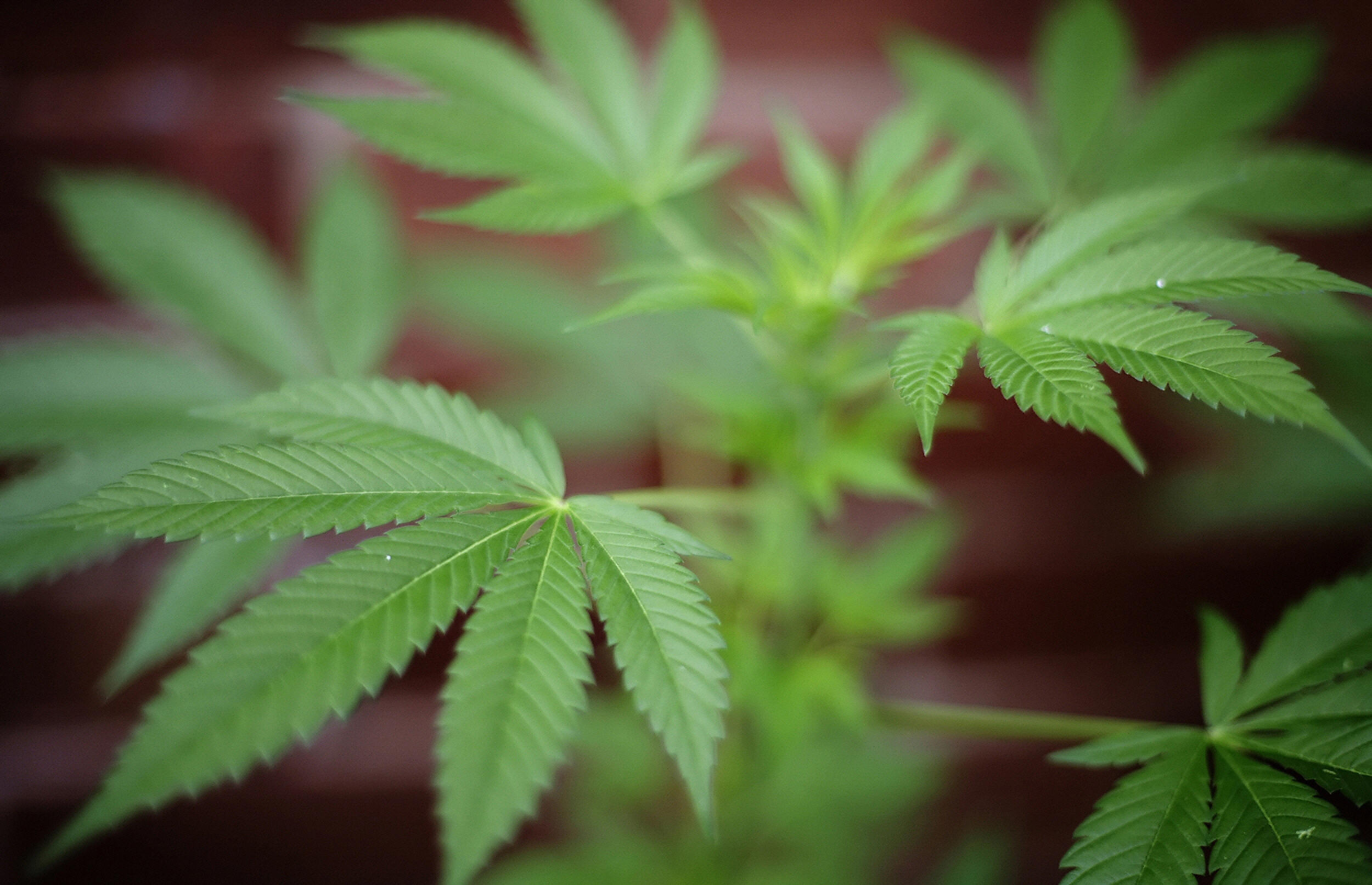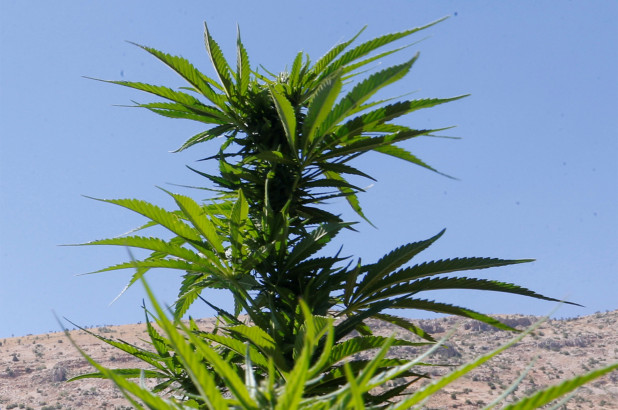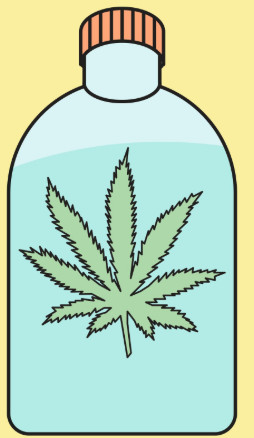With 29 states and the District of Columbia having now legalized medical marijuana, many consumers are trying out various types of extracts containing cannabidiol (CBD)—a relatively safe, non-addictive component of marijuana that does not generate a “high” and has shown potential for treating a variety of conditions, including pain, anxiety, and epilepsy.
But those buying CBD extracts online may not be getting what they signed up for, according to new research.
In a study of 84 CBD products sold by 31 companies online, blind testing found that only about 31 percent of them contained the amount of CBD listed on the label (within +/- 10 percent). And some of the products contained other components of marijuana that were not listed on the label, including Δ-9-tetrahydrocannabibolic acid (THC), the psychoactive component of marijuana that does generate an intoxicating high.
The study authors, who published their findings Tuesday in JAMA, suggest that extract sellers need better quality control and regulatory oversight to ensure that consumers are getting the correct, unadulterated dose they think they’re getting.
“People are using this as medicine for many conditions (anxiety, inflammation, pain, epilepsy),” first author Marcel Bonn-Miller, of the University of Pennsylvania Perelman School of Medicine, emphasized in a statement. “The biggest implication [of the study] is that many of these patients may not be getting the proper dosage; they’re either not getting enough for it to be effective or they’re getting too much.”
For the study, Bon-Miller worked with colleagues from the Veterans Affairs San Diego Health Care System, nonprofit research organization RTI International, marijuana advocacy group Americans for Safe Access, and Johns Hopkins University School of Medicine.
The authors reported a variety of conflicts of interest, including receiving fees from the cannabis advocacy nonprofit organization, Realm of Caring Foundation, and Insys Therapeutics, which sells an opioid medication that has been at the center of scandal as well as a cannabinoid medication marketed for nausea.
The researchers swept the Internet between September and October of 2016 for CBD products. They bought 84 products—spanning oils, alcohols (tinctures), and vaporization liquids—from 31 companies. Once the researchers got the products, they removed the labels and replaced them with blinded study identifiers and then sent them off to an independent lab for testing. Each product was analyzed three times for cannabinoid contents using high-performance liquid chromatography.
Highs and Lows
Products dubbed as “accurately labeled” contained 90 to 110 percent of the labeled value of CBD, while those dubbed “under-labeled” had more than 110 percent, and “over-labeled” had less than 90 percent.
Of the 84 tested, 26 (~31 percent) were accurately labeled, 36 (42 percent) had more CBD than was on the label (under-labeled), and 22 (26 percent) had less (over-labeled). Vaporization liquid had the highest error rate, with only three of 24 products (12.5 percent) being accurately labeled and 18 (75 percent) containing more CBD that the amount listed on the label.
For the 26 percent that had less CBD than expected, researchers worry that patients may not get the proper dose to see potential health benefits they would otherwise expect. On the other hand, for the 42 percent that had more CBD than expected, researchers didn’t have the usual concerns of overdosing and addiction as they might have with other drugs.
CBD has a strong safety profile with minimal toxicity and side-effects. It also has little evidence of an abuse risk. That said, the authors note that the inconsistent and unexpected amounts make it difficult for patients to see full health benefits consistently. And the same range of inconsistency on FDA-regulated drugs was enough to prompt the agency to issue warnings to drug makers in the past, the authors point out.
As for the study’s look at unlabeled cannabinoids in the products tested, researchers found that these were generally uncommon, and, if they were found, they were at low concentrations. THC was the most common contaminant: about 21 percent of the 84 products contained THC, with concentrations as high as 6.43 milligrams per milliliter. That amount, the authors report, may be enough to intoxicate a child and therefore poses a risk.
The study’s limitations—beyond the conflicts of interest—include only focusing on products sold online. It’s not clear if products at dispensaries suffer the same inconsistencies, and there are state-by-state laws governing labeling. That said, earlier research led by Bon-Miller found that edible products bought from dispensaries in Los Angeles, San Francisco, and Seattle tended to contain less THC than was listed on the label.
In all, the researchers suggest that “These findings highlight the need for manufacturing and testing standards, and oversight of medicinal cannabis products.”
credit:420intel.com













